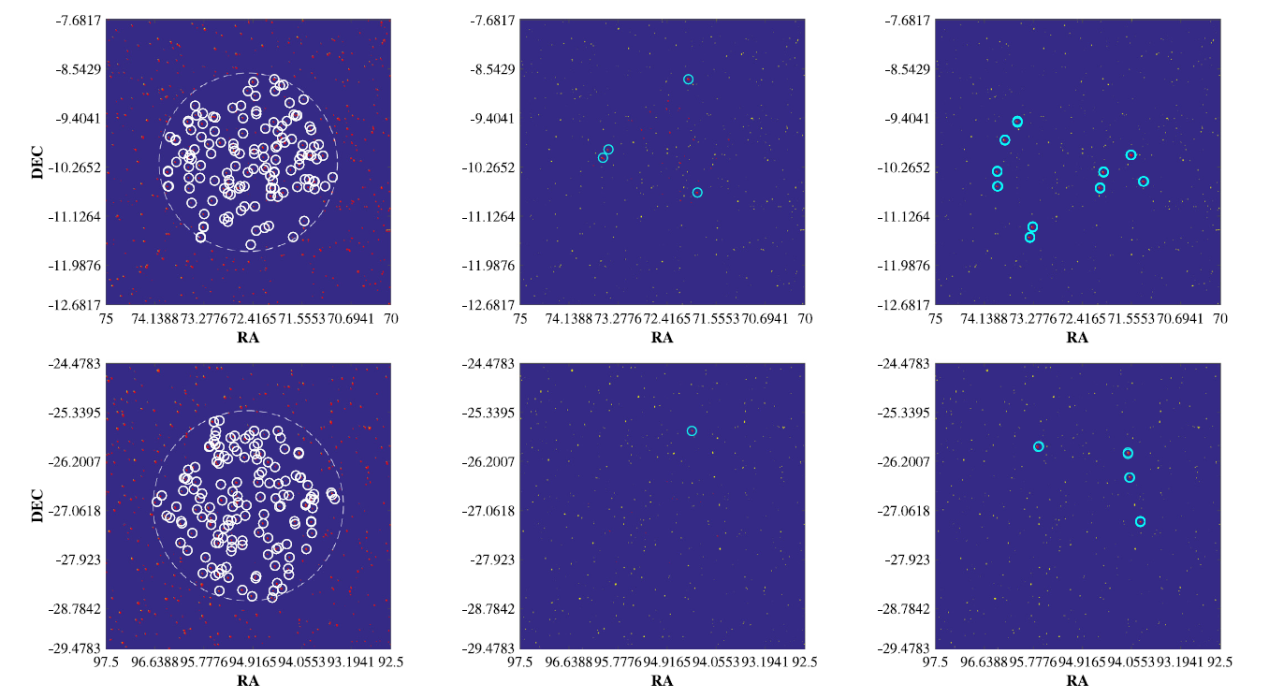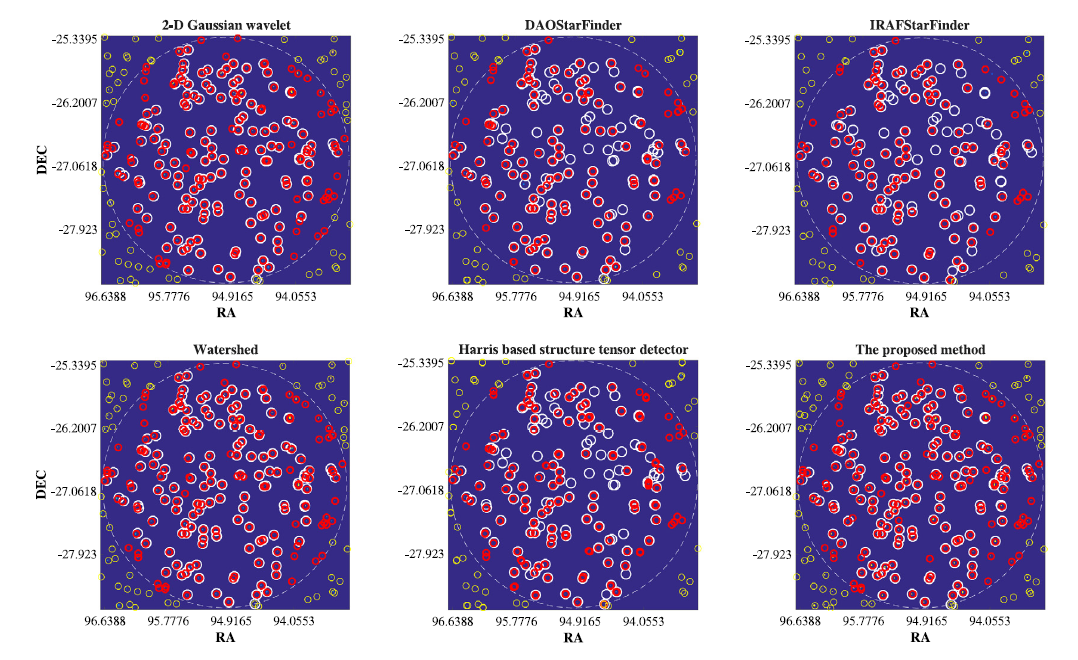Detection of compact faint radio sources of low frequency and total sky observation will be a hot topic in the research of the square kilometer radio array (SKA), and the pre-research on data-oriented algorithms is of great significance for further study.Dr. SHAN Hao from Xinjiang Astronomical Observatory, Chinese Academy of Sciences, and his collaborators carried out a preliminary study on the high dynamic range (HDR) radio source detection algorithm, based on the full set alternative data release 1of TIFR GMRT Sky Survey (TGSS) .
The results have been published in Astronomy and Computing.
The researchers proposed an angular resolution and discrimination algorithm based on the HDR compression tone-mapping and gain control, which is embedded in the wavelet multi-scale framework. Moreover, the feasibility and application prospects of the algorithm have been proven.
Compared with some international algorithms, this research has certain advantages. It avoided unexpected changes and loss of integrated flux density information in the traditional methods, as well as excessive and false high dynamic information.
The researchers used tone-mapping and gain control to simulate the human visual system, and adapted the results to display devices by reducing the HDR. The radio source is identified by setting the discovery detection rate, missing detection rate and false detection rate, as well as a set of criteria.
At present, the researchers are carrying out feasibility study on neural network and super-resolution image restoration of the radio scenes. In order to achieve satisfying results for higher resolution data, the algorithm will be improved and applied to the data of the Murchison Wide-field Array (MWA) .

Fig.1 Mosaics“R15D26”and“R20D15”. Left:catalog sources (white circles) and detected sources (tiny red rectangles). Middle:false detection and discovery detection. Right:missing detection.

Fig.2 Comparisons among methods about mosaic “R20D15”. White circles (catalog sources) and red circles (detected sources).
Contact: SHAN Hao
Xinjiang Astronomical Observatory
E-mail: shanhao@xao.ac.cn
Paper link: https://www.sciencedirect.com/science/article/pii/S2213133722000981